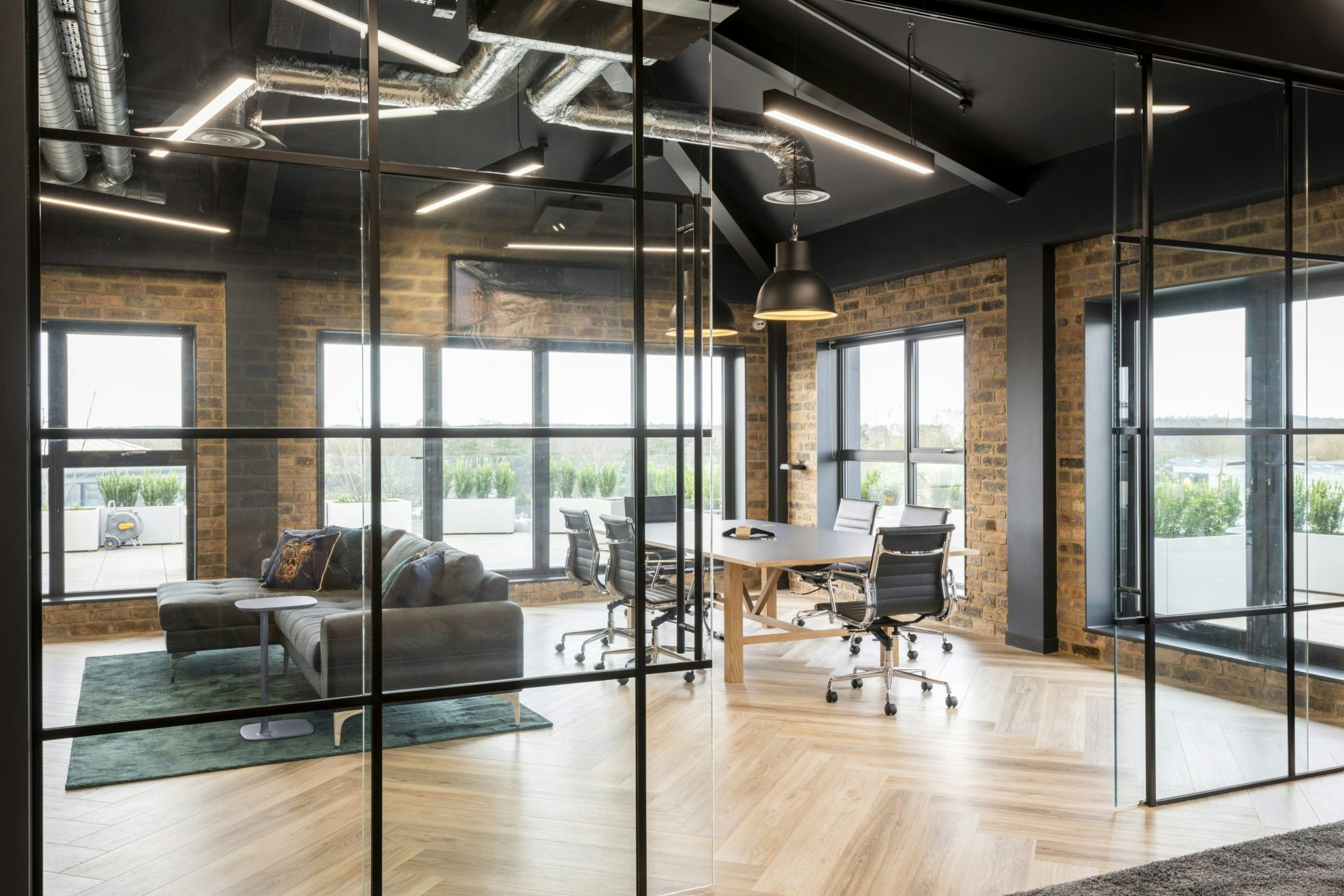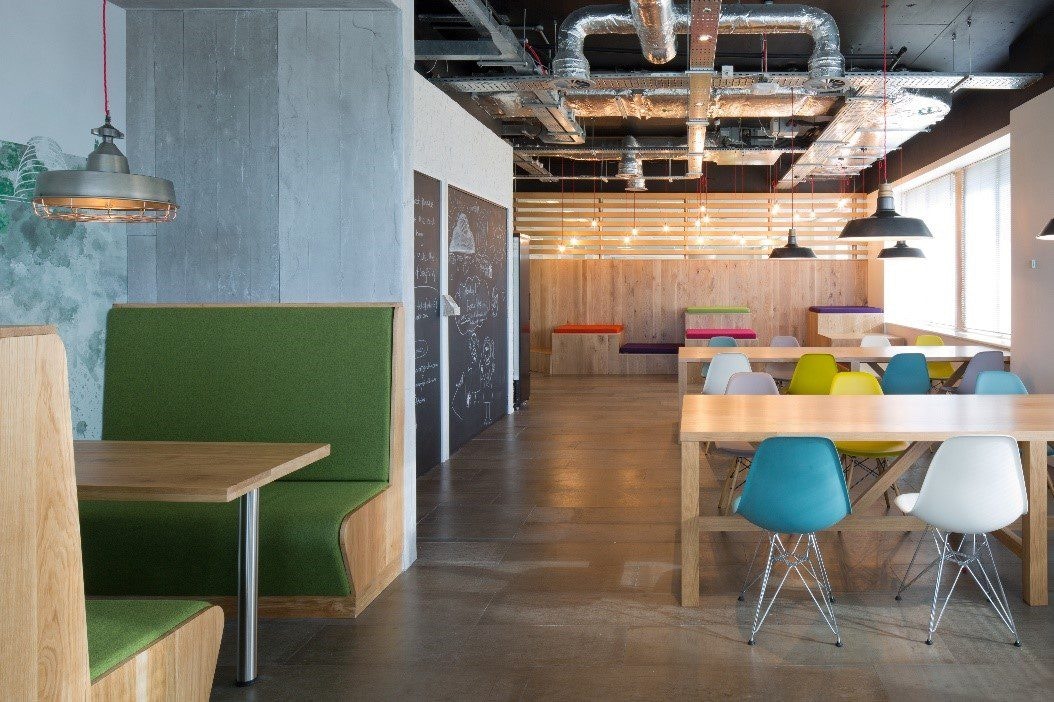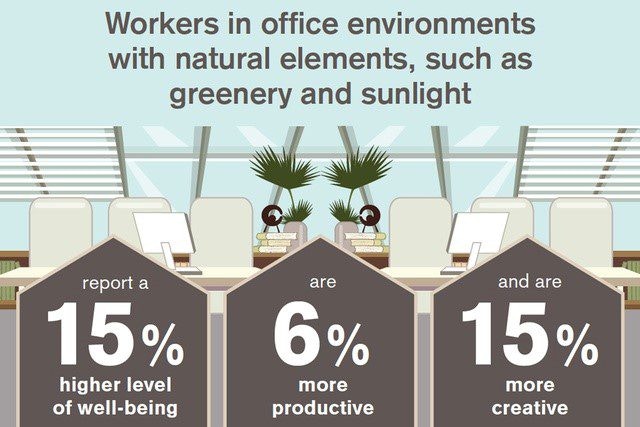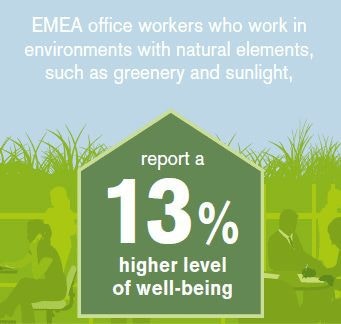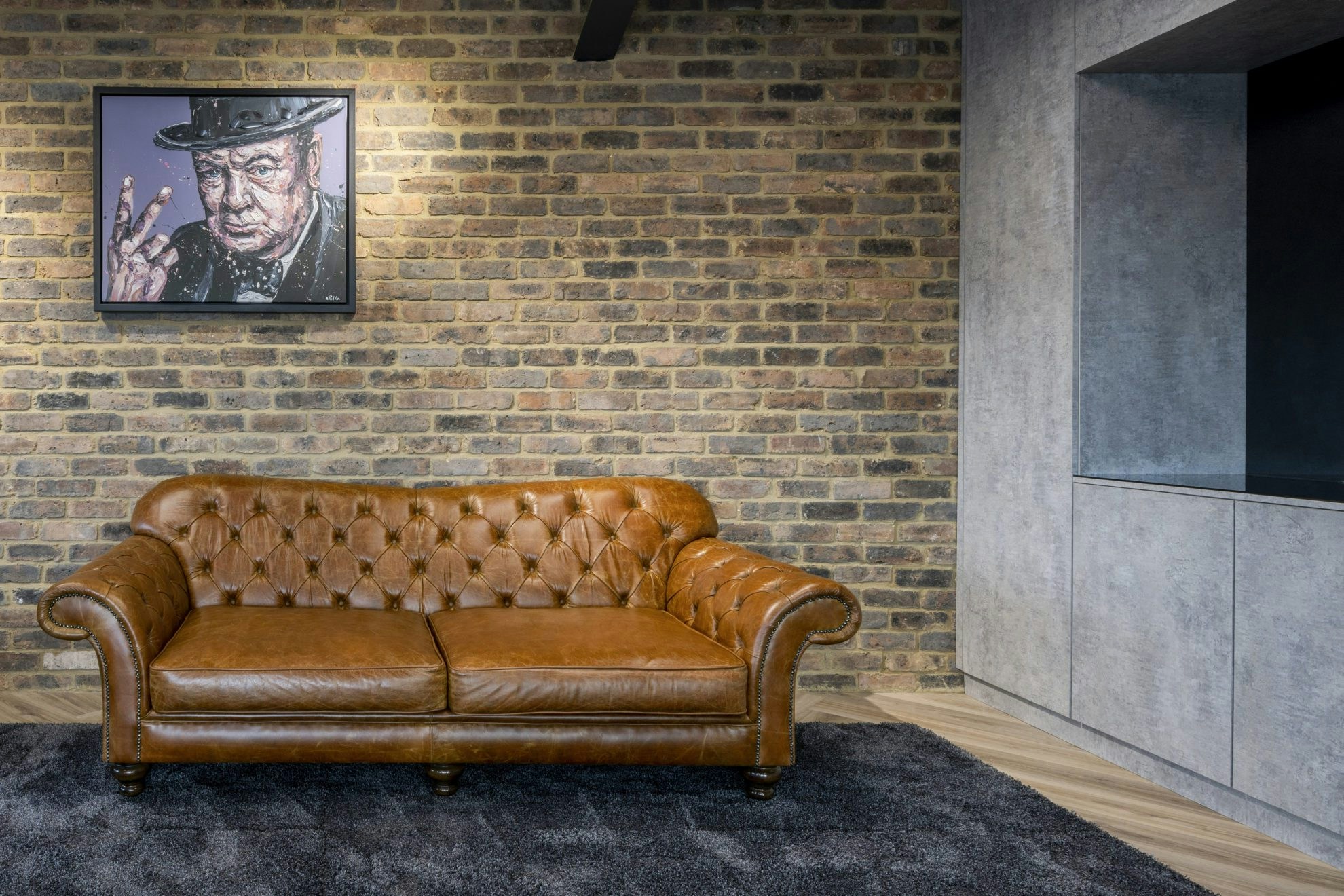What is Workplace Wellbeing?
Put simply, workplace wellbeing is defined as: That part of an employee’s overall wellbeing that they perceive to be determined primarily through interactions in the workplace.
Workplace wellbeing is not a new concept. However, once discounted as a fad or trend, it has more recently become rooted in business strategy for companies of various sizes and sectors. Like so many similar trends stemming from post-covid hybrid working, it has become an increasingly important concept to understand.
The reasons are straightforward as repeated studies have shown that a focus on employee and workplace wellbeing can result in improved productivity, increased morale, fewer sick days and better staff retention.
No wonder companies have embraced the workplace wellbeing concept with such vigour. But what is workplace wellbeing and how can office design as a discipline create spaces that promote and encourage workplace wellbeing?
So how can office design create spaces that promote wellbeing? Here are some of our thoughts.
1. Choice is key for Workplace Wellbeing
The days of spending 8 hours labouring at a designated desk are over, extinct bar the exception of some traditionalist dinosaurs – “The desk is dead, long live the desk”.
Today, office design provides a variety of work settings, allowing staff to choose where and how they want to work. This can manifest itself in breakout spaces designed for informal catch-ups, team collaboration or simply for a quiet coffee, to private spaces designed for concentrated working where people won’t be disturbed to phone booths for taking confidential phone calls.
Of course, the desk is still a space where a lot of work is performed with the main evolution being that it is no longer the only place employees can work. This introduction of choice has not only mental and psychological advantages that aid improved wellbeing, it also promotes greater movement and less sedentary working which is fundamental to workplace wellbeing.
Our Office Design Matters eBook focuses on how choice and empowerment can have a positive impact on the workplace and staff wellbeing – well worth a read (Even if we say so ourselves).
2. Embrace Sit Stand and Standing Meetings
Increased movement is paramount and with all the discussions around sitting being the new smoking, many designers and companies are introducing sit-stand desks for staff, allowing them to change from sitting to standing in a matter of seconds.
Only a couple of years ago, these sit-stand desk solutions may have proved too costly for many but today, there is a vast selection of products to suit all budgets.
Work-related stress can have both psychological and physiological impacts on employees. Standing while working for just 30 minutes a day can have a remarkable impact and can decrease blood pressure, cholesterol and stress levels – our team have penned an entire article on the benefits entitled The Rise of the Sit Stand Desk, which is worth a read.
Standing meetings have also risen in prominence and while sharing many of the same benefits as the sit-stand, are also said to be a more efficient form of collaboration. Consequently, office designers now look to include tall working benches in most if not all workplaces to facilitate these meetings.

